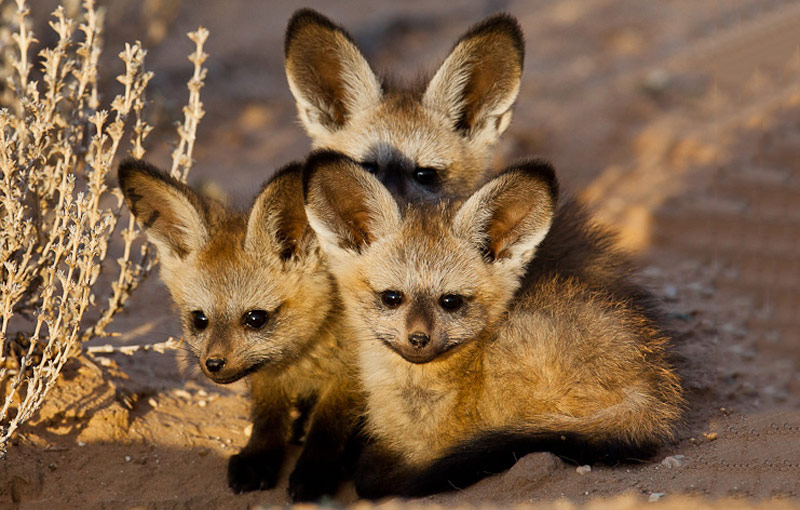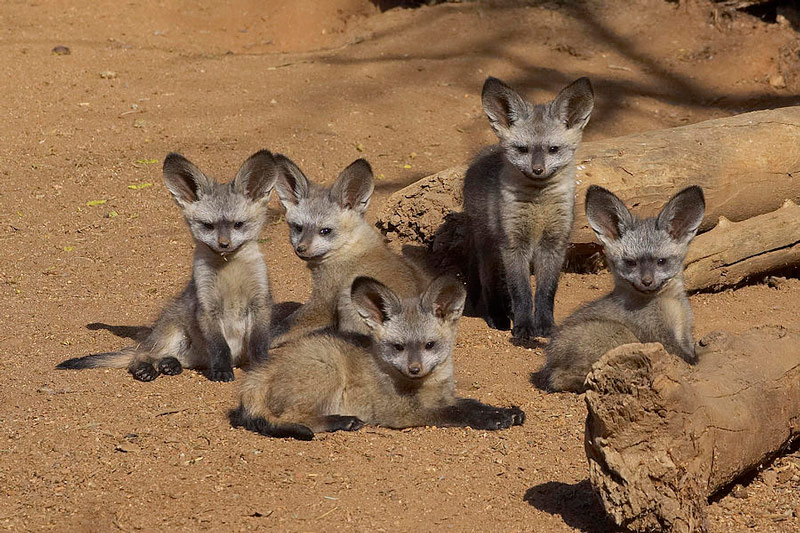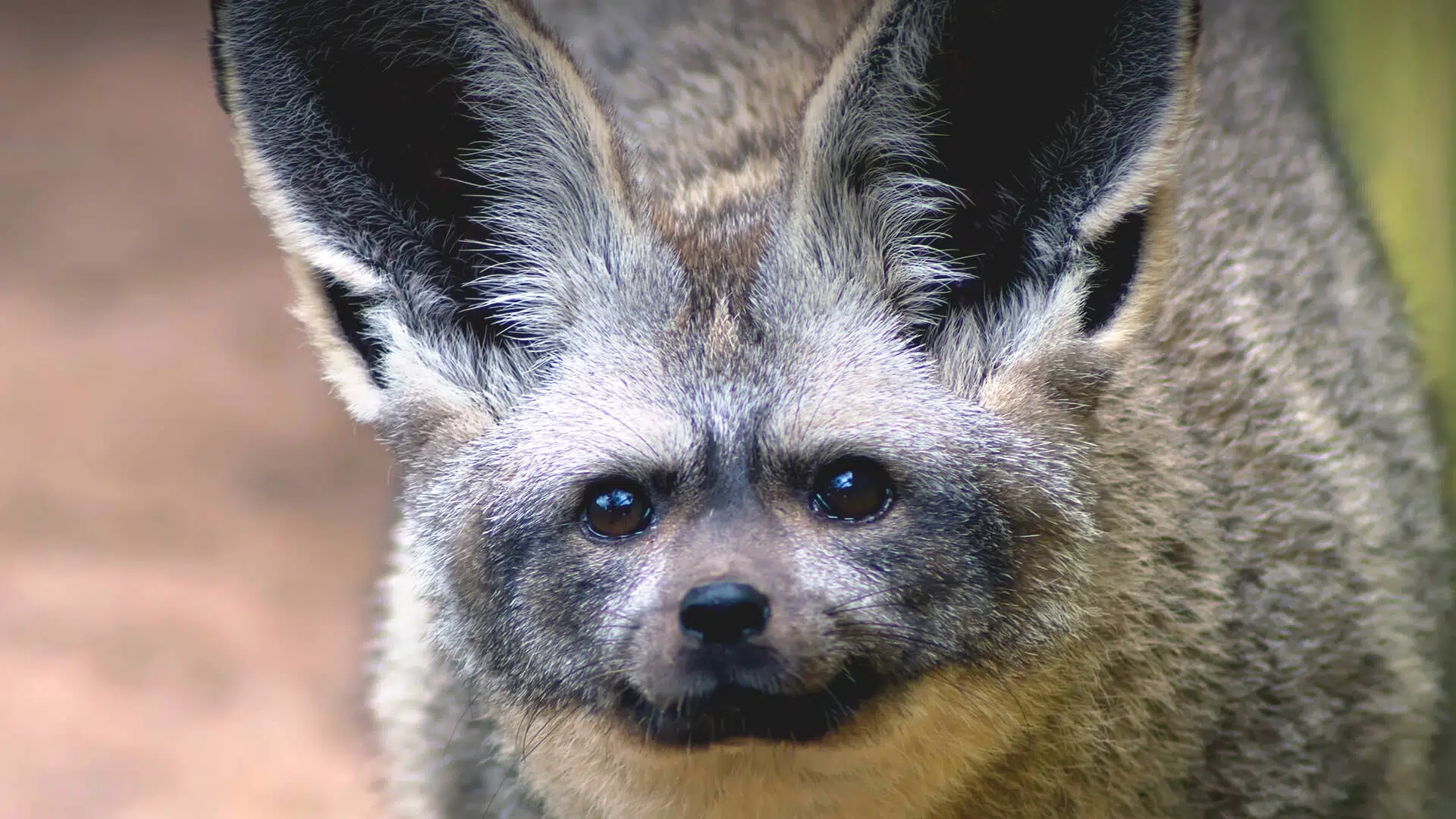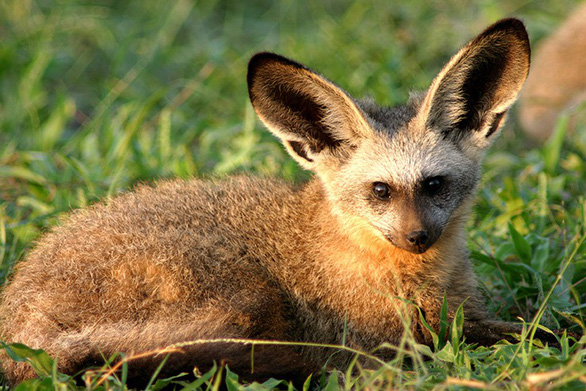“Exploring the Enchanting World of Bat-Eared Foxes: Unique Features, Social Behavior, and Conservation Challenges”

Bat-eared foxes, also known as Cape foxes or otocyon megalotis, are captivating creatures that inhabit the African savannahs and grasslands. Named for their distinctively large ears, these small carnivores have garnered attention for their unique physical features, social behavior, and dietary preferences.

Native to southern and eastern Africa, bat-eared foxes are easily recognized by their oversized ears, which can grow up to 13 centimeters in length. These impressive ears serve multiple purposes. First and foremost, they aid in the foxes’ remarkable hearing ability, allowing them to detect the faintest sounds of prey, such as insects, small rodents, and even scorpions. Additionally, their ears play a crucial role in thermoregulation, helping dissipate excess body heat in the hot African climate.

Measuring about 55 to 65 centimeters in length and weighing between 3 to 5 kilograms, bat-eared foxes have a slender build, with light brown to gray fur and a black-tipped bushy tail. Their keen eyesight further complements their hunting prowess, enabling them to spot potential food sources from a considerable distance.

While bat-eared foxes are primarily nocturnal, they are known to adjust their activity patterns to avoid extreme temperatures during the day. These adaptable creatures are often spotted foraging in pairs or small family groups, displaying a high level of social organization. They communicate through a range of vocalizations, including purring, yelping, and growling, which help them coordinate hunting efforts and maintain group cohesion.

Bat-eared foxes are specialized insectivores, with approximately 80% of their diet consisting of insects such as beetles, termites, and crickets. They employ their excellent sense of hearing to locate underground insect colonies, using their sharp teeth and nimble paws to dig them out. This dietary preference for insects is beneficial for the ecosystem, as it helps control insect populations.
The reproductive behavior of bat-eared foxes is equally fascinating. Breeding pairs form strong monogamous bonds and engage in elaborate courtship displays, including grooming and vocalizations. After a gestation period of around 60 to 70 days, the female gives birth to a litter of two to five pups. Both parents actively participate in raising the young, with the male taking on the role of providing food and protecting the den while the female nurses and cares for the offspring.
Unfortunately, bat-eared foxes face several threats to their survival. Habitat loss, due to agricultural expansion and human encroachment, poses a significant challenge. Additionally, they are vulnerable to predation by larger carnivores and are sometimes targeted by farmers who consider them a threat to livestock. Conservation efforts are essential to safeguard their populations and ensure their continued presence in the wild.



